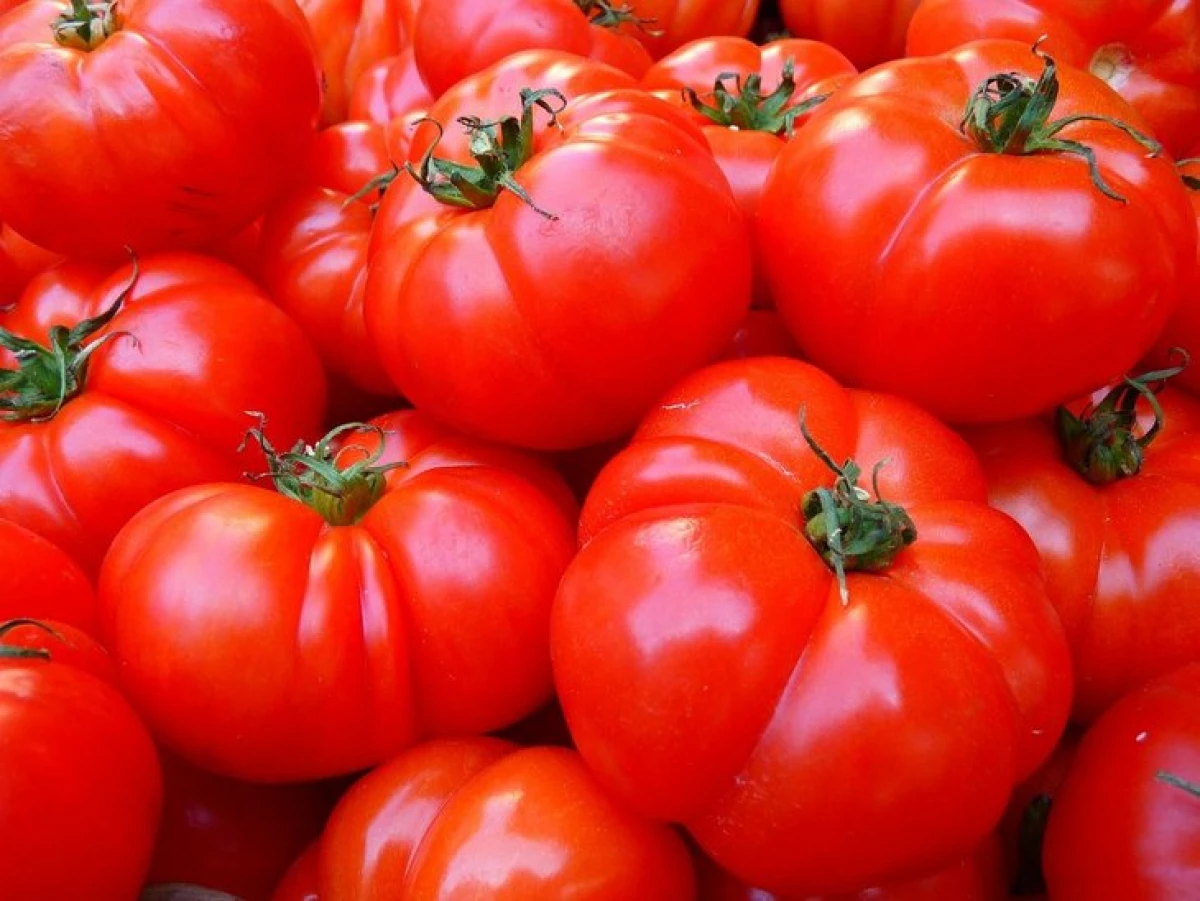
A group of scientists from several agricultural universities (City Fierruz Yousoff, Farhar Charon, Nigui Asib, Mahmud Tenge Muda Mohamed and City Izeres Ismail) published the results of their work on the suitability of Nano-emulsions from Vernonia leaves.
"The Mold Mushroom Botrytis Cinerea is in the focus of phytopalists due to a wide range of host plants and ubiquitous presence. Tomato is a susceptible host to B. Cinerea, which causes a sulfur-sulfur disease, leading to a huge economic loss.
Currently, new strategies and research are continuing to develop reliable, environmentally friendly and low-toxic fungicide to combat this dangerous pathogen.
It has been proven that plants are capable of producing substances for natural protection against biotic and abiotic stresses, including the invasion of pathogens. Botanical preparations with antifungal compounds from vegetable raw materials typically include several types, such as emulsions, controlled release products (for example, tablets) and powders.
Among these compositions, researchers prefer the emulsion composition of the raw extract to optimize the solubility of bioactive compounds, since nanotechnology makes it possible to improve botanical formulations.
NanoMulsia is a new technology in the agricultural sector. This process is thermodynamically stable, has high kinetics, includes the transfer of nanoparticles, facilitates diffusion and has a high dissolution capacity. In addition, the composition of the nano-emulsion can offer maximum efficiency, ensure a high surface coating with a pathogens, low dosage of active agent and durability. The particle size in the nano-emulsion is usually less than 500 nm, and the size distribution does not change even when diluted with water.
Vernonia AMYGDALINA extract contains antifungal substances, including squalene, phytol, triakontan, heptakosan and neofitaden.
Achievements in the formulation of nano-immulsions in the pesticidal industry increases interest in the development of the formulation of the extract of leaves V. amygdalina as a biofungicide against the sulfur disease of tomatoes safe and efficient ways.
In this case, scientists of the agricultural faculty of the University of Putra in Malaysia collected the leaves of the Vernonia, washed thoroughly, dried in the shadows during the week, and then brushed in the oven at 40 ° C for 4 hours.
The dried leaves were crushed into powder and conducted consistent extraction in organic solvents, filtered and brought to the condition. However, only the crude extract was chosen as an antifungal active component in the development of a formulation due to the highest activity against the causative agent of gray rot.
Four types of non-ionic alkyl polyglucoside surfactants and one type of palm oil were used as inert components in the development of the formulation.
Since in the previous work, the extract of Vernonia leaves in doses of 400 and 500 mg / ml showed the highest antifungal activity against B. cinerea (without a significant difference between dosages), for the development of the formulation in this case, a lower dosage of 400 mg / ml was taken.
The selected compositions were indicated as F1, F2, F3, F4, F5, F6, F7, F8 and were subjected to stability tests during centrifugation, thermal stability, granulometric composition, zeta potential, polydisperse index, viscosity measurement and surface tension.
The selected compositions were centrifuged at 3500 rpm for 30 minutes and incubated at room temperature (25 ± 2 ° C) for 4 weeks.
Stability tests and thermal stability were conducted on the basis of the registration of manuals on biopesticide by the Ministry of Agriculture of Malaysia and the World Health Organization and the Food Agricultural Organization. The appearance of the physical stability of each composition was observed visually.
The formulation samples were diluted with supercure water in a ratio of 1:10. Each diluted composition was stirred on Vortex for 1 min. Capillary cells (DTS1070) were washed with ethanol, and then several times deionized water before use.
Approximately 1.2 ml of the sample was gently injected into the folded capillary cell and placed in the holder.
And the particle size, and the dzet potential of the compositions were determined using a zeta sizer - the NANO series device (Malvern Nano ZS, Worcestershire, United Kingdom), preheated for half an hour before use.
The size of the composition drops was recorded through the Brownian movement of the dispersed phase using dynamic lighting and zeta potential measured with laser doppler electrophoresis. The analysis was repeated three times for each sample.
An analysis of the surface tension and other characteristics was also carried out.
Of the eight selected compositions, two compositions, F5 and F7 showed stability during storage, remarkable thermodynamic stability, a smaller particle size (66.44 and 139.63 nm), high stability on zeta potential (-32.70 and -31,70 MV), low low viscosity polydispersity index and low surface tension compared to other compositions
The obtained fruits of tomatoes - 120 pieces - after washing and drying was immersed in the selected F5 and F7 compounds with tenfold dilution of the composition.
For negative control of 120 fruits perch into sterile distilled water. Exactly 120 other fruits immersed in 0.5 g / l of the Kenlate fungicide solution (active ingredient: 50% benomila) and used as a positive control.
All processed fruits were wounds with infection of mushroom mycel, and then placed in plastic bags, hermetically sealed with ventilation holes. After the storage period (12th day), the frequency and severity of the disease was determined.
The antifungal activity in situ on the fruits of tomatoes showed that the composition F5 has fungicidal activity against B. cinerea with zero morbidity and severity, while the composition F7 reduced the incidence by 62.5% compared with positive control.
Based on these results, F5 has demonstrated pronounced antifungal activity, which means it may contribute to the development of a new and safe biofungicide against gray rot on tomatoes. "
(Source: www.mdpi.com).
